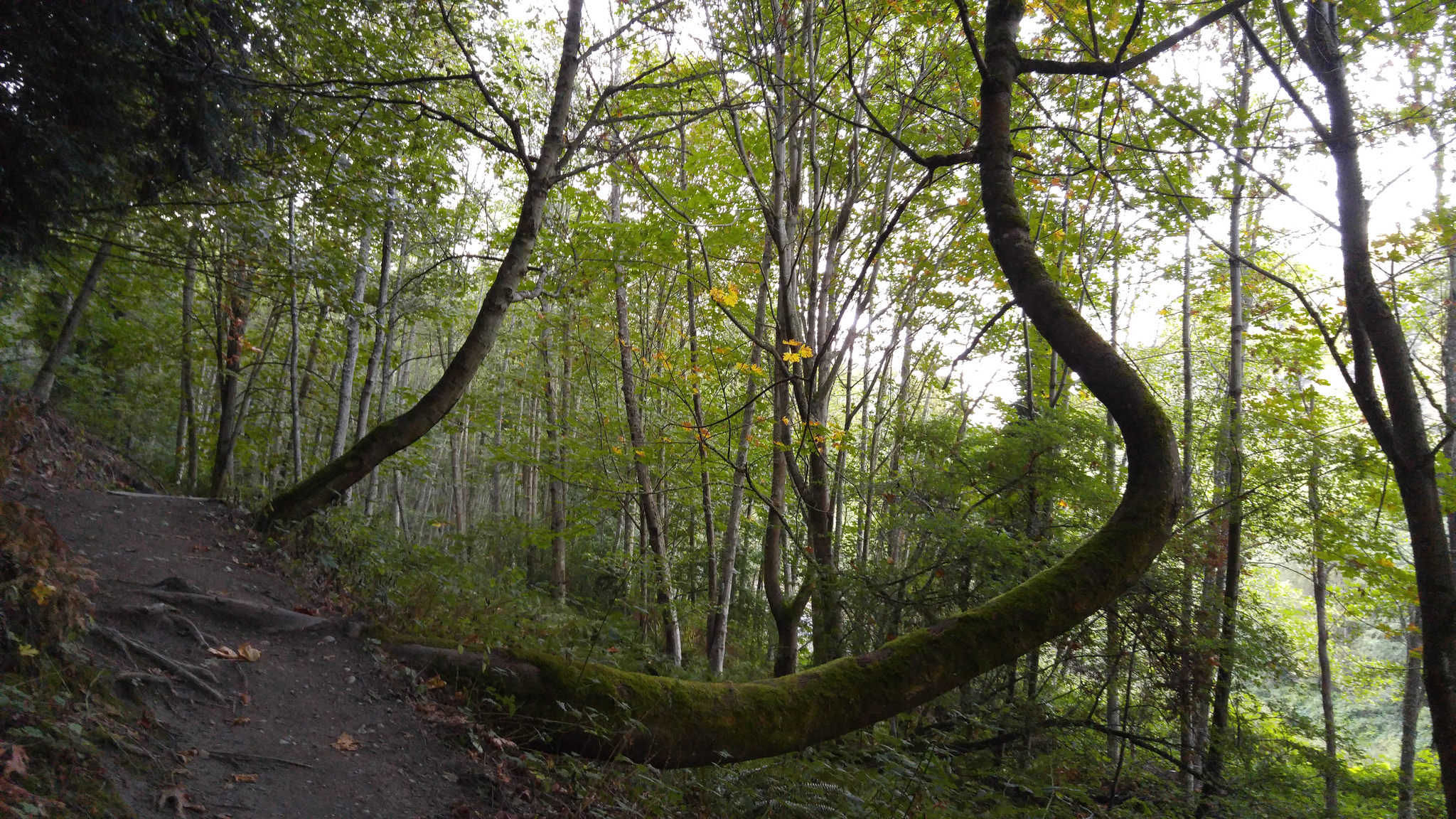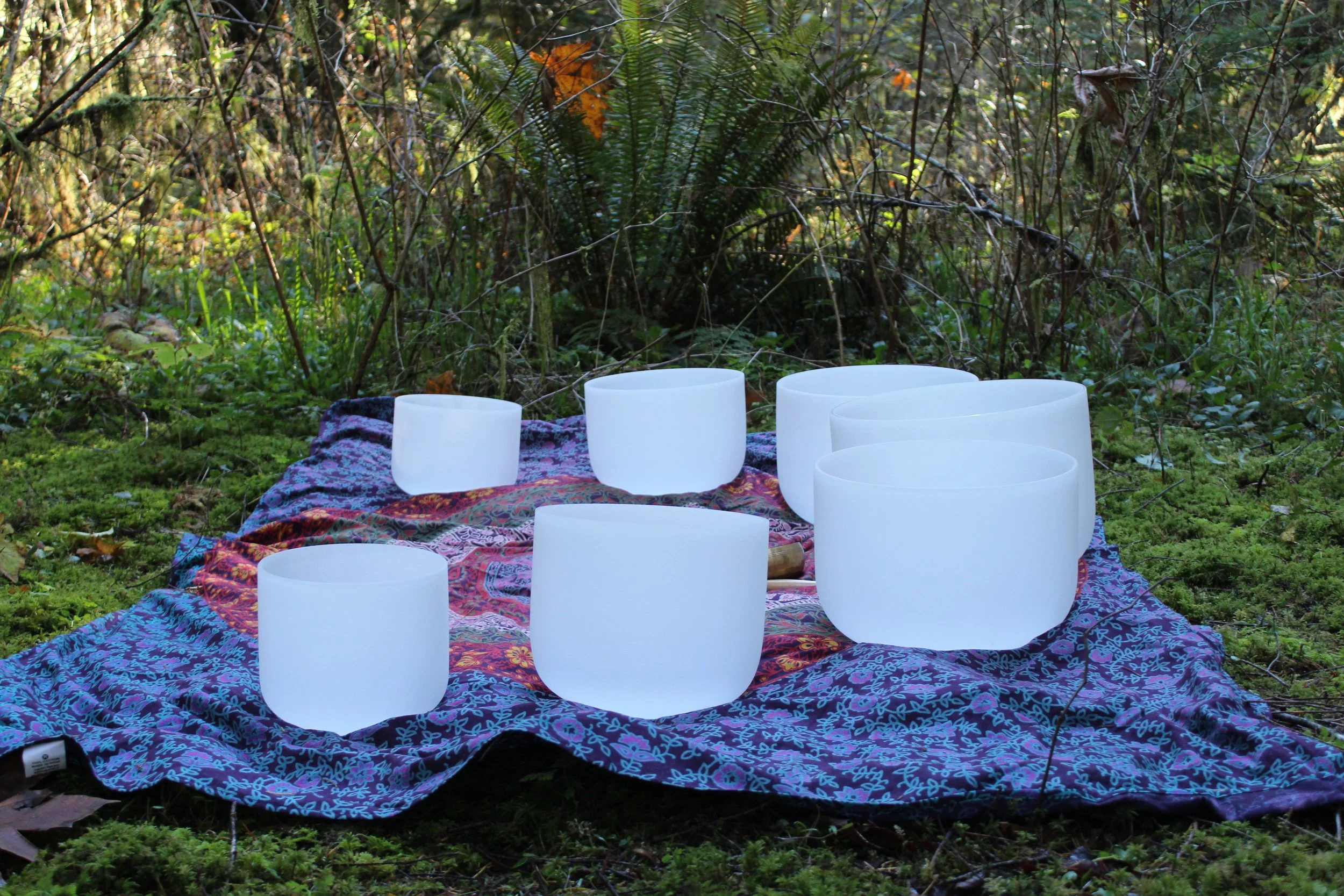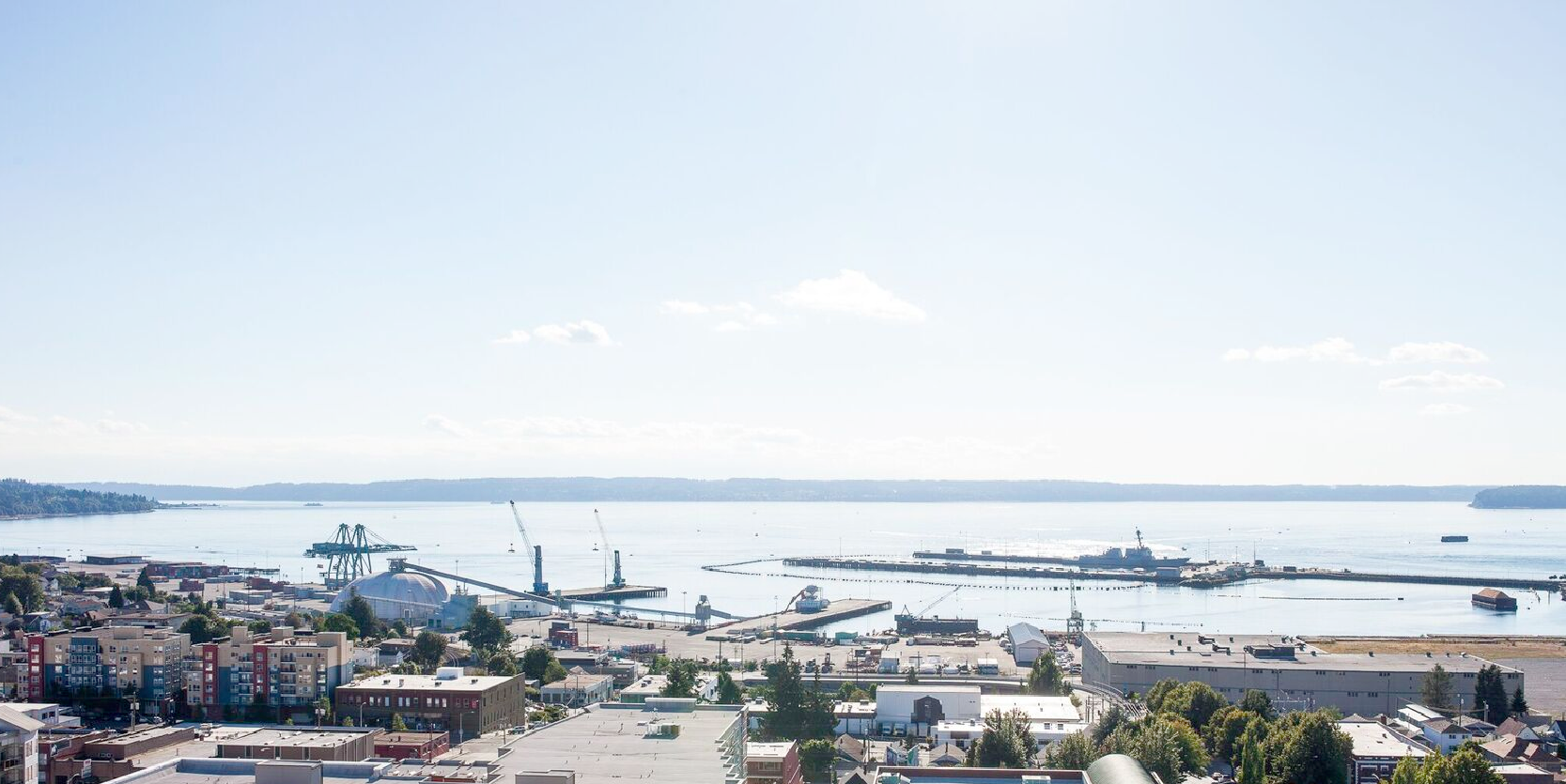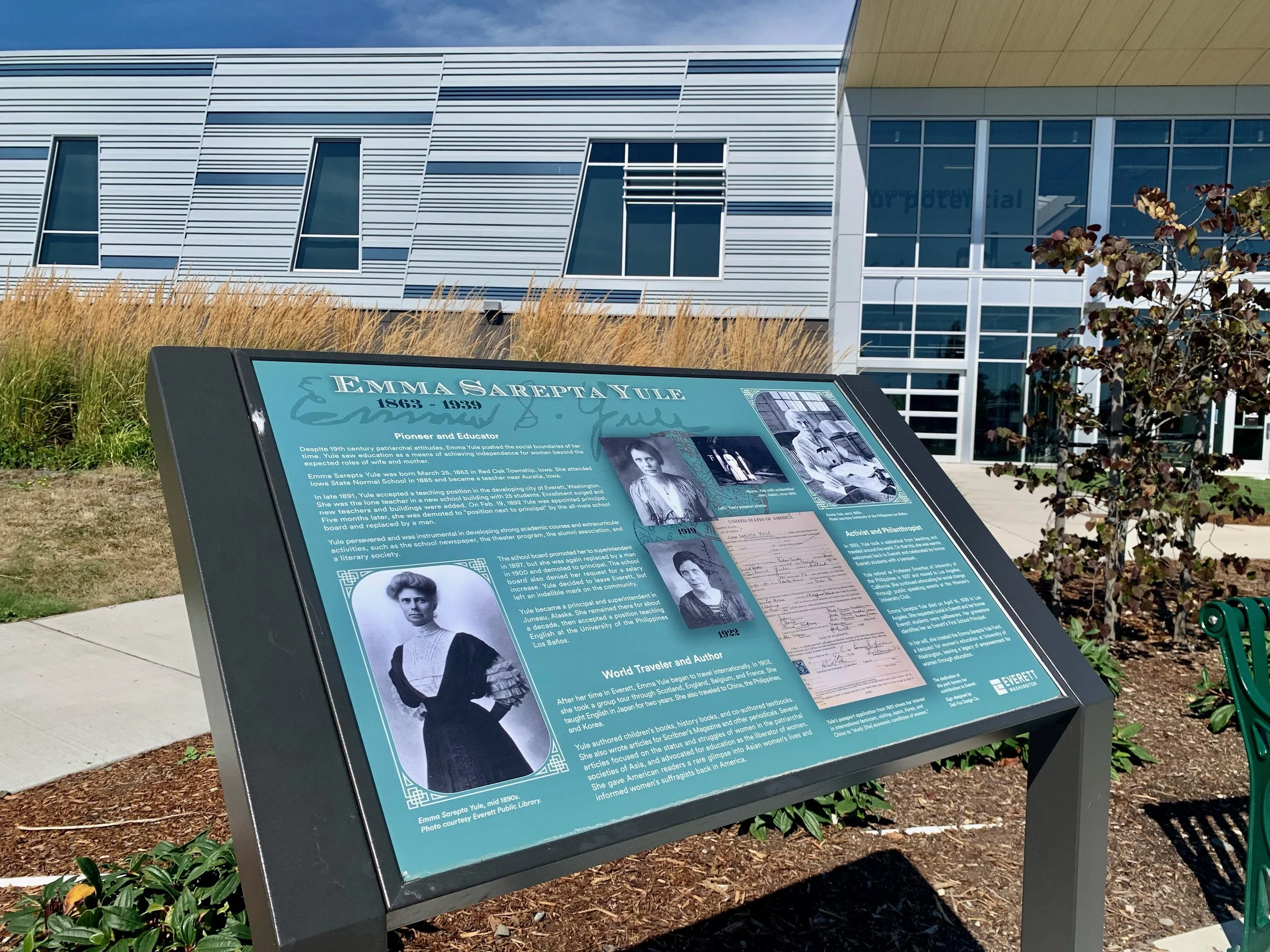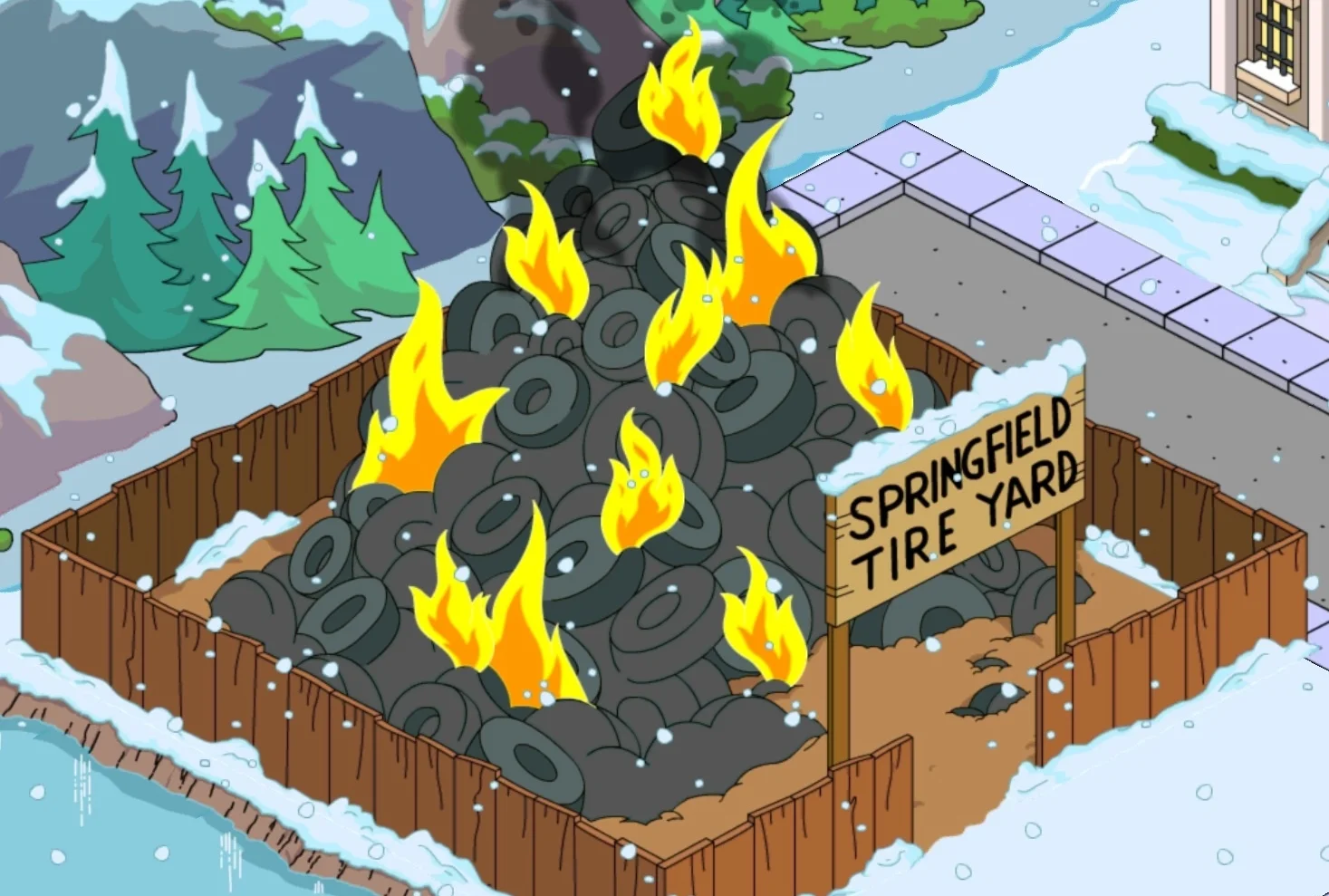Healthy Streets Are Open Around the City. Are They Enough?
Photos courtesy of Richard Porter.
In Spring 2020, a big thing happened. Across the planet, the earth got a chance to breathe.
As Coronavirus slowed the global economy to a crawl, people began to telecommute and stay home due to quarantine orders. Cars stayed off the road. The quality of air improved. People in India began to see mountains that they hadn’t seen in decades -- suddenly visible without a haze of smog.
Many of us began to reevaluate how we wanted our cities to be set up. Should we orient our spaces to be on a more pedestrian scale? If there were fewer places to commute to, did we need so many commuter vehicles? And with more time in our days, was it worthwhile to take a walk? What makes for a better quality of life?
Accordingly, major cities began to change, making more accommodations for pedestrians and cyclists.
Seattle closed 20 miles of streets to cars, opening them up to pedestrians and cyclists. New York bike shops quickly ran out of bikes and supplies. The mass migration to non-automotive modes of transportation was on.

Everett “closes” key streets
Last month, the City of Everett followed suit in designating four road segments of the city as “Healthy Streets” -- that is, designated areas specially designed for recreation. In these street paths -- marked by signage -- pedestrians, bicyclists, rollerbladers, and roller skaters (and, one supposes, scooterists) can do their thing without competing with automobile traffic.
Here’s where you can now get out, car-free:
Hoyt Avenue-Everett Avenue to 19th Street
Hoyt Avenue-38th Street to 32nd Street
Commercial Avenue-55th Street to Madison Street
Silver Lake Road at 19th Avenue SE
These sections are still open to local traffic and, of course, residents on these streets can still park there and carefully use the routes for through traffic and parking. These “healthy streets” will be open through Phase 3 of Washington State’s reopening plan.
How to use Healthy Streets
There are a few guidelines to keep in mind as you navigate
You have to keep walking, running, rolling, or biking while in the designated areas. Practically, this means no picnics, no barbecues, no sports, and no gatherings. If you see others gathering or enjoying a walk/bike ride, please maintain social distancing for your safety and theirs.
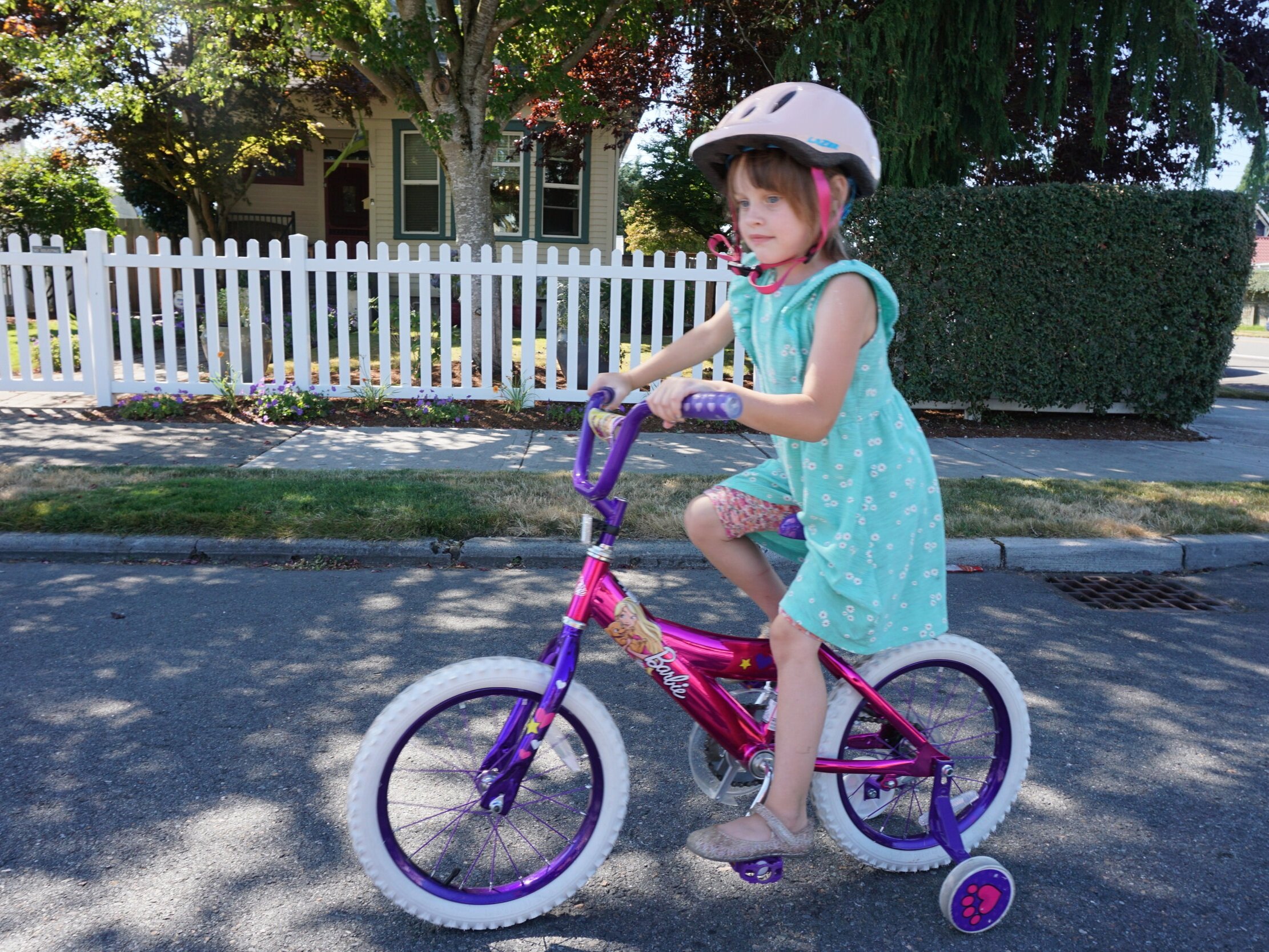
How are they being used? Are they being used?
I’m an avid bicyclist. I like to ride around town. To me, it seems a bit strange that these segments are so disjointed and don't provide a continuous car-free route to, well... anywhere you’d really call a public destination. They indeed follow the city’s Bicycle Master Plan (drafted in 2011 and still being implemented).
I took an informal poll of Everett residents on Facebook. I wanted to know -- had anyone used the healthy streets? What did they think?
Many people responded that they thought the idea of Healthy Streets was a good idea, especially as it’s been implemented inexpensively. But doing things “on the cheap” can sometimes backfire.
“I would like to see thoughtfully engineered neighborhood greenways that connect neighborhoods together,” said Everett resident Josh Jones. “I’m afraid this cheap approach is going to seem like a failure and [the city] won’t pursue these concepts further.”
Other people said that the closed roads were still used quite a bit by cars and that they didn’t feel noticeably safer. Many respondents said they’d like to see more permanent bicycle infrastructure in the city.
It’s good to see the city taking steps to implement its ambitious Master Bicycling Plan, but are a few blocks here and there enough to bolster and support a flock of cyclists, en masse? Time will tell.
In my brief visit to the segment on Hoyt Avenue, my daughters and I spent about ten minutes dodging close to a dozen motor vehicles, some of which turned illegally as they swerved around temporary signage.
I think these Healthy Streets areas are like most things in a city: the more people use them, the more the public can benefit from them. The fewer people who use them, the more dangerous and unapproachable they seem.

Bikes during times of crisis
Why has bicycling come back at this time? This is a pretty interesting question for me.
This is a pretty well-documented phenomenon. Bicycle use spiked during the 1970s oil embargo, for a period after 9/11, and during the so-called Great Recession in the late 2000s (which, in retrospect, looks pretty benign when compared to our current economic situation).
In all of these times of economic uncertainty, in times of national and international realignment, people have turned to their Schwinns and Centurions, their Konas, Cannondales, and Linuses for inspiration.
Now is such a time.
Bicycles are a great tool for getting fresh air and exercise (both components of good mental health) while maintaining social distancing.
Everett has always been a great city for bicycling. Now it’s even better. I hope it continues on this trajectory of making our place a more walkable, bikeable, and, ultimately, liveable place. I hope Healthy Streets is just the first step in making Everett less car-centric.
(Be sure, also, to patronize and support your local bike shops. They’ve been struggling from high demand and wonky supply chain hang-ups. The best thing you can do is head to your local spoke-adjuster and get your two-wheeler tuned up.)
And, yes please -- go hit the streets, safely! I hope to see you out there... from a distance, of course.

Richard Porter is a writer for Live in Everett.




